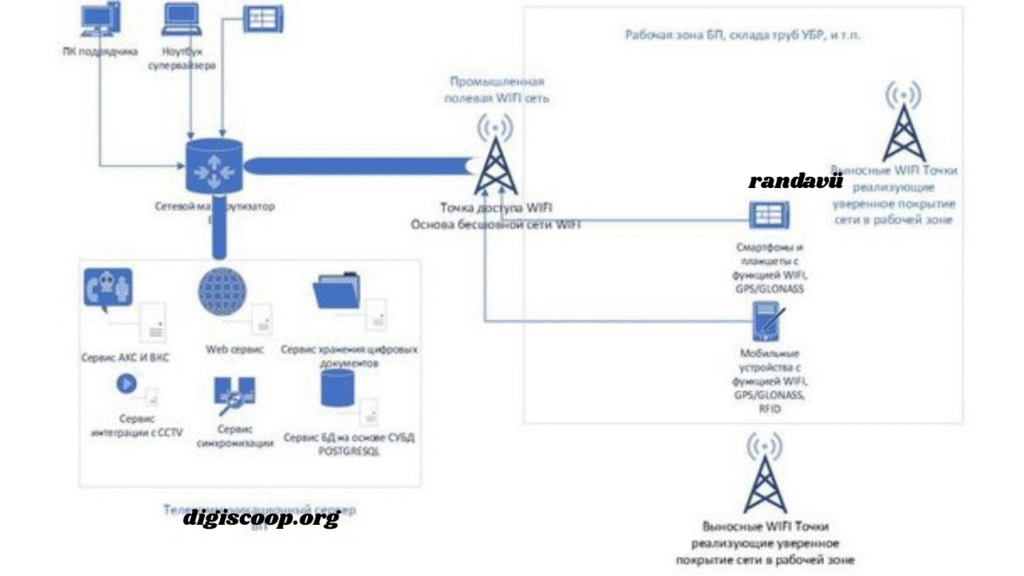In today’s rapidly evolving digital landscape, certain concepts and terminologies emerge that spark curiosity, debate, and even intrigue among users worldwide. One such term that has recently gained attention is randavü. While the word may appear unfamiliar at first glance, exploring its meaning, applications, and relevance can reveal a multifaceted perspective. In this article, we will dive deep into randavü, ??, and explore various dimensions that make it noteworthy.
What is Randavü?

At its core, randavü refers to a unique mode of interaction or connection, often associated with digital communication platforms, collaborative tools, or social interaction frameworks. The term itself suggests a meeting, encounter, or interface, emphasizing the idea of individuals or entities coming together to share, discuss, or collaborate.
The literal meaning of randavü may vary depending on context, but conceptually, it revolves around engagement. Whether in online discussions, virtual meetings, or shared digital spaces, randavü creates an environment where interactions are structured yet organic. Its distinctive quality lies in its adaptability: it can represent casual social engagement as well as formalized professional meetings.
Historical Background of Randavü

The emergence of randavü is relatively recent, coinciding with the surge in digital technologies and virtual communication platforms. Historically, people relied on traditional forms of meetings or rendezvous, where physical presence was crucial. However, as communication tools evolved, the need for a virtual or hybrid model became evident.
In this context, randavü represents the modern evolution of the classic “meeting” concept. Unlike earlier forms of interaction constrained by geography and timing, randavü transcends these barriers, enabling global connectivity and collaborative exchange. It symbolizes a blend of human social behavior and technological advancement, bridging the gap between traditional and contemporary interaction paradigms.
Key Features of Randavü

Understanding randavü requires a closer look at its defining features. These characteristics distinguish it from other forms of communication or engagement:
- Interactivity: Unlike one-way communication, randavü encourages active participation from all involved parties. It is designed to facilitate dialogue, exchange of ideas, and collaborative problem-solving.
- Flexibility: Randavü can take place in multiple formats – text, audio, video, or even immersive virtual spaces. Its adaptability ensures that users can engage in a manner that suits their needs and preferences.
- Inclusivity: By removing physical constraints, randavü allows participation from diverse geographical and cultural backgrounds. This inclusivity enhances the richness of discussion and broadens perspectives.
- Documentation: Many randavü sessions can be recorded, summarized, or archived, making it easy to refer back to important points. This feature adds a layer of accountability and continuity.
- Real-time Collaboration: Whether in brainstorming sessions, academic discussions, or project meetings, randavü enables real-time input from participants, making decisions faster and more efficient.
Applications of Randavü in Modern Life
The concept of randavü has found applications across various sectors, reflecting its versatility and utility:
1. Corporate and Professional Environments
In professional settings, randavü is transforming the way teams collaborate. Virtual meetings, project updates, and cross-departmental discussions often take place in randavü formats. The ability to connect without physical presence saves time and resources while maintaining the quality of interaction.
2. Education and Learning
Educational institutions are increasingly adopting randavü for virtual classrooms, seminars, and workshops. Students and educators can engage in meaningful discussions, participate in Q&A sessions, and collaborate on projects remotely. This flexibility ensures continuity of learning even in challenging circumstances, such as during global crises.
3. Social Interaction and Networking
Beyond professional contexts, randavü also enhances social interaction. Online communities, interest-based groups, and hobbyist networks utilize randavü to organize virtual meetups, share experiences, and foster friendships. It brings together like-minded individuals who may otherwise never meet in person.
4. Creative Collaboration
Artists, designers, and creators increasingly rely on randavü to collaborate on creative projects. Virtual brainstorming sessions, joint editing of multimedia content, and collaborative design processes are all facilitated by the dynamic nature of randavü.
Advantages of Embracing Randavü
The rise of randavü comes with numerous advantages:
- Accessibility: People can participate regardless of their location, making it easier to connect globally.
- Efficiency: Reduces the need for physical travel and logistics, saving both time and money.
- Collaboration: Encourages teamwork and interactive problem-solving.
- Recordability: Documentation ensures ideas are not lost and can be revisited later.
- Adaptability: Can cater to formal meetings, casual discussions, or hybrid formats.
Challenges and Considerations
Despite its benefits, randavü also presents some challenges:
- Technical Limitations: Internet connectivity and device compatibility can affect participation quality.
- Engagement Levels: Virtual interactions may lack the depth of face-to-face encounters if not managed effectively.
- Security Concerns: Sensitive discussions in randavü settings require robust privacy and security measures.
- Cultural Nuances: Miscommunication can arise due to diverse backgrounds, highlighting the need for clear guidelines and etiquette.
Addressing these challenges ensures that randavü remains a productive and enjoyable mode of interaction.
Future of Randavü
Looking ahead, randavü is likely to become more integrated into our daily lives. Emerging technologies such as virtual reality (VR), augmented reality (AR), and AI-driven collaboration tools are expected to enhance the randavü experience, making it more immersive and intuitive.
In addition, the trend towards hybrid work models, global learning platforms, and virtual social networks will continue to fuel the adoption of randavü. Its potential lies not only in convenience but also in its ability to foster meaningful connections across borders, disciplines, and industries.
Conclusion
In essence, randavü, ?? represents more than just a meeting or interaction. It embodies the fusion of human connection with digital innovation, offering a versatile, interactive, and inclusive platform for engagement. From professional collaboration to educational initiatives and social networking, randavü is reshaping the way we connect, communicate, and collaborate in a rapidly digitalizing world.
Embracing randavü means embracing the future of interaction — one where distance is no barrier, ideas flow freely, and collaboration becomes seamless. As technology evolves, the concept of randavü will likely expand, continuing to redefine how we experience meetings, discussions, and encounters in every sphere of life.
Also Read : Shirley Kumamoto, ??, A Journey of Dedication, Cultural Impact, and Community Connection







